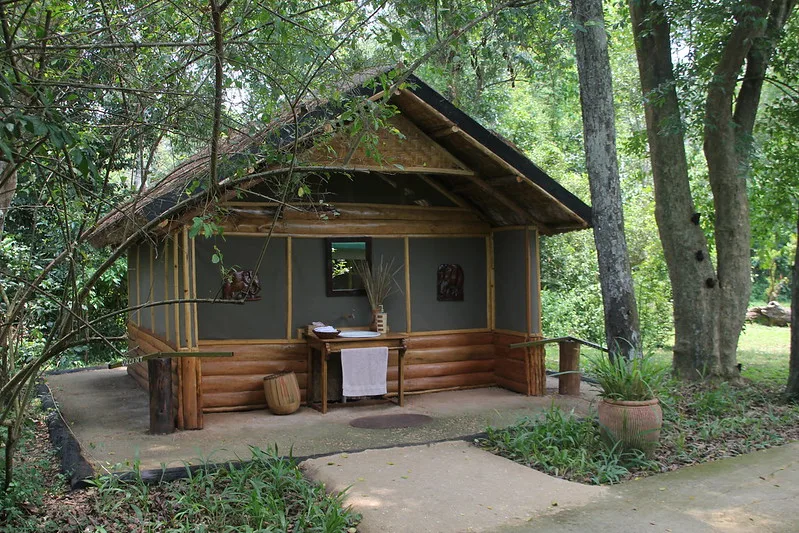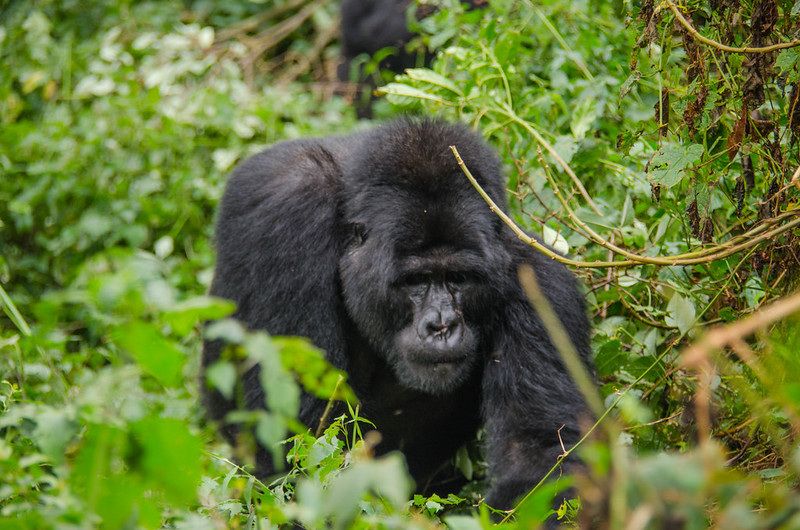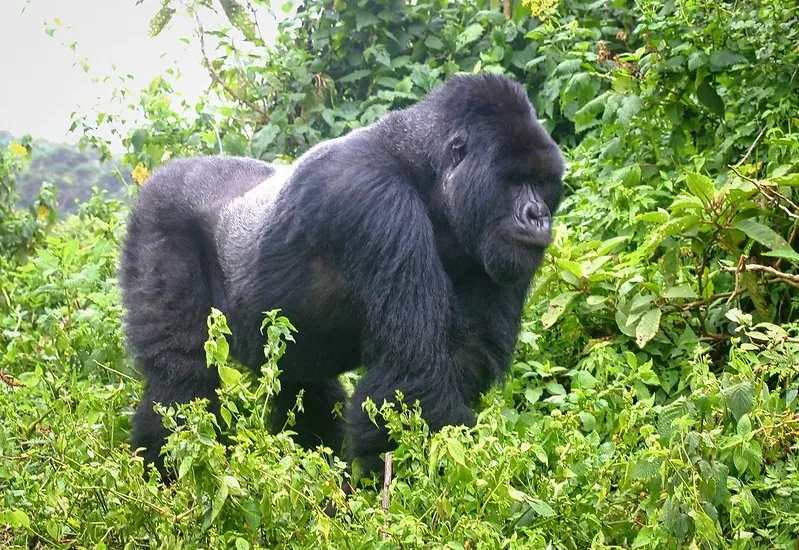Vous êtes bienvenus, aventuriers courageux, dans les merveilles sauvages de l'Ouganda, où l'appel de la…
Gishwati Forest
Gishwati Forest
Gishwati Forest Reserve is a protected natural forest that includes Gishwati Forest (GFR). It is situated in northwest Rwanda, close to Lake Kivu. It lies near Mukura woodland, which was also part of the forest prior to the effects of human activities such as mining, grazing, and deforestation for land for subsistence farming.
Gishwati forest remained virgin from the 1970s to the 1980s, with an area of 250,000 acres. Many abandoned their homes during the 1994 Genocide in Rwanda, and a lot of them went to regions near the Gishwati forest, where they began to dwell as refugees.
They removed section after section of forest, mostly for habitation and subsistence farming, until the forest cover was reduced to 1,500 acres by 2001. This meant that 80% of the forest had been lost, and the area began to experience soil erosion and deterioration, as well as landslides.
Gishwati forest was formerly a huge rainforest that extended west across Lake Kivu to connect with the rainforests of the Democratic Republic of the Congo. The huge forest continued to the south and connected to the Nyungwe forest, but it had been fragmented due to deforestation and population growth. Even before the refugees arrived and ruined it, it had been damaged by other people who lived nearby by encroaching on it for cattle ranching and cultivation.
In 2007, Rwandan President Paul Kagame cooperated with the Great Ape Trust, which was created by philanthropist Ted Townsend, to launch the Gishwati Area Conservation Program (GACP), which intended to create a national conservation park to safeguard the biodiversity of the Gishwato forest.
Gishwati forest spanned 70,000 acres in 1930, but 90% of that area has since been gone. The GACP also attempted to halt fast deterioration and restore the massive loss that the area had suffered.
In 2011, the Forest of Hope Organization, a Rwandan non-governmental organization, took over the management of the Gishwati forest reserve from the Gashwati Area Conservation Program (GACP). The good news is that the forest has grown by 67% since the group began its efforts in Gishwato woodland. GFR has implemented a variety of research and conservation activities.
The destruction of the forest has resulted in a catastrophic loss of species. There was a 99.7% reduction in fauna, however, the population of chimps in the forest is claimed to have risen after several years of protection by the Forest of Hope Association. There was a significant drop in flora, with wild fruits declining by 93.3%, wild vegetables declining by 99.6%, and medicines declining by 79.9%.
Gishwati forest reserve comprises 58 tree and plant species, including some indigenous hardwoods and bamboo. A variety of creatures live in the forest. It is home to four primates: the eastern chimp, the golden monkey, the blue monkey, and the L’Hoest monkey.
The southern tree hyrax, river hog, black front duiker, Felis aurata, and serval are among the other big animals found in the forest.
Gishwati woodland features 84 bird species, including the White-headed Woodhoopoe, Mountain Yellow Warbler, and Old World Warbler. It is home to a variety of reptiles, including bush vipers and chameleons.
Rwanda’s government enacted legislation in 2015 to transform Gishwati Forest Reserve into a national park by uniting it with Mukura Forest Reserve. The park will be Rwanda’s fourth national park when it opens in the near future. Rwanda hopes to attract tourists as a combination destination with Volcanoes and Nyungwe national parks.
As a result, the country’s revenue from tourism will grow.
Chimpanzee trekking, golden monkey trekking, bird viewing, and nature walks are among the activities available to visitors at Gishwati-Mukura National Park.
Visitors to the park may already stay in lovely and comfortable lodges that have already been built. Gishwati Lodge, for example, was built in a modest but environmentally beneficial manner.


